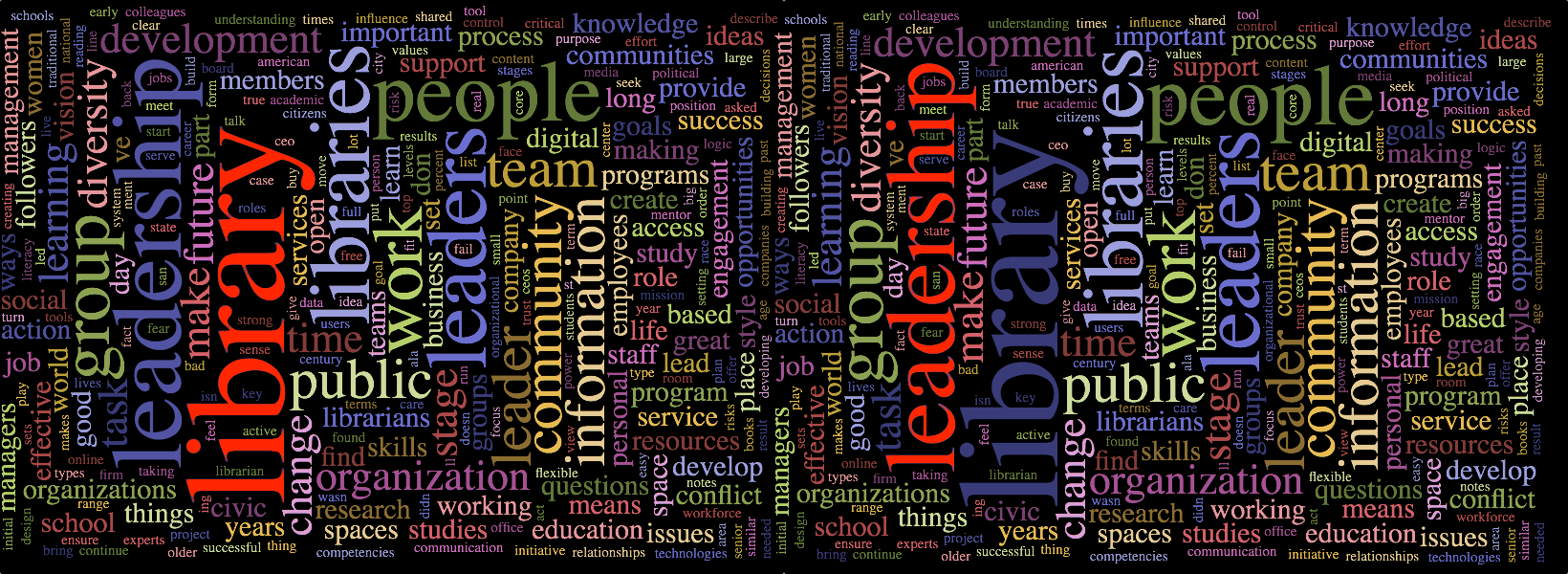We’ve all seen it or experienced it: A substantial new change is introduced by a colleague, a boss, or some outside consultants and the people who are expected to actually implement the change stumble and make mistakes. Why does this keep happening? Here are four explanations (which are not necessarily mutually exclusive).
-
- The people making mistakes are dumb. This is a surprisingly common explanation from the people who design and roll out a change. However, because change associated errors are so common, it could only be true if most people are dumb, and that simply is not the case. People only appear dumb because that which is obvious to the designer is not always obvious to the people who have to learn the change, regardless of how bright or dumb they are. In the vast majority of cases, blaming the people who have to carry out the change simply makes no sense. Blame is neither accurate nor productive.
- The change is poorly explained. Despite thorough instructions, in many cases people simply may not have understood or remembered their instructions. Here’s why:
- Not everyone learns the same way. Some people learn well through written instructions. Other people learn well through verbal instructions. Still others are highly visual and need to see a demonstration of what they are learning before they can remember anything. If instructions are provided in only one form, learning preferences for some portion of the people who need to execution on a change are likely to be missed. When a change is complex, it’s a good idea to provide instruction both in writing and verbally. Also, keep in mind that some people, no matter how well they understand instructions, can’t really master something new until they do it. Surprisingly, this is particularly true of bright people who think in abstractions – like Einstein, Thomas Edison, and Steven Spielberg. It is usually best to allow someone who is learning a change to practice it; showing them is fine, but having them do it is better. Of course, having them do it is slower and requires vastly more patience on the part of the instructor, but the reduced error rate in later actions is well worth the time and tolerance.
- Sometimes the instructions are not clear or complete. This goes back to the earlier point that what’s obvious to the creator is not always obvious to the users. In the early days of computer programming, first iterations of products were designed by engineers who could not understand why users didn’t automatically understand how to use their products. This phenomenon also appeared in the early days of PC software, again in the early days of the internet, and then again in the early days of mobile devices. The industry’s quite brilliant and imaginative engineers understood how to use their products because they had designed them; the users, however, were flummoxed. The same thing can happen with process changes in any work environment.
- People aren’t accustomed to change and habits are hard to break. In some work environments, especially environments in which people are expected to work robotically and follow the same patterns all the time, workers sometimes fall back on old habits and patterns. When tasks are reduced to mindless repetition, people who have been mindlessly following those patterns cannot be expected to quickly and easily abandon them. One way to avoid this problem is to reduce the expectation for robotic function in the workplace. People who routinely experience change and are routinely expected to be flexible find it easier to adopt change. In other words, the more change people experience, the easier it is for them to adapt to it when it happens.
- The people who are affected by the change weren’t involved in developing or rolling out the change. People always find it easier to implement a change that they have had a hand in developing. For one thing, they understand why the change is designed the way it is. For another, they have probably been able to affect the design of the change so it suits them. Perhaps most importantly, however, they have had the opportunity to learn the change over time so, when it comes time to implement the change, the change feels familiar. In the end, if the people who are affected by a change have been involved in the development of the change, even if the change is not exactly as they would have designed it themselves, at least they are prepared to accept it and implement it as it is.
A final point about change and mistakes: sometimes mistakes reveal problems in the change itself, not in the people who are implementing the change. When a change is introduced, if people have trouble implementing it, perhaps the change itself needs further modification. People designing change should be prepared to change their changes as appropriate. Think of change as evolutionary rather than revolutionary.
Here a few suggestions for avoiding problems when rolling out a change:
-
- Early in the process of planning a change, involve the people who are affected by the change. Help people become familiar with the changes so the changes are already familiar when they are rolled out. Listen to what the people have to say so you can adapt the changes to accommodate their needs.
- Provide both written and verbal instructions.
- Ideally, let people practice. At a minimum, provide them with supervision the first time they have to work with the change.
- Make change routine. A series of small changes may be easier to accommodate than a single big change.
- Allow for mistakes. As Alexander Pope said, “To err is human.”
- Learn from the mistakes people make. How can the changes be improved to avoid further mistakes? How can future changes be designed and rolled out such that they result in fewer mistakes?
